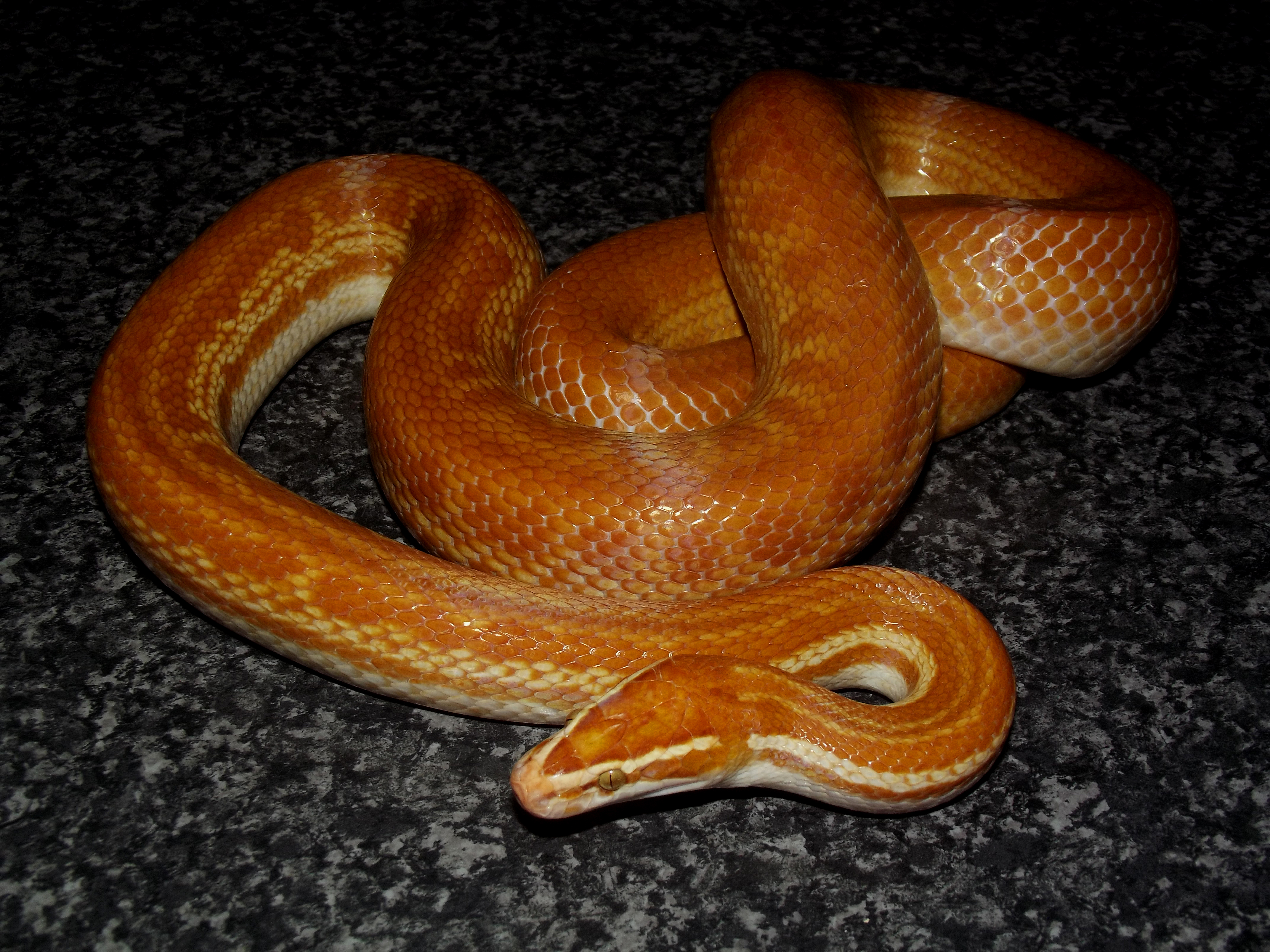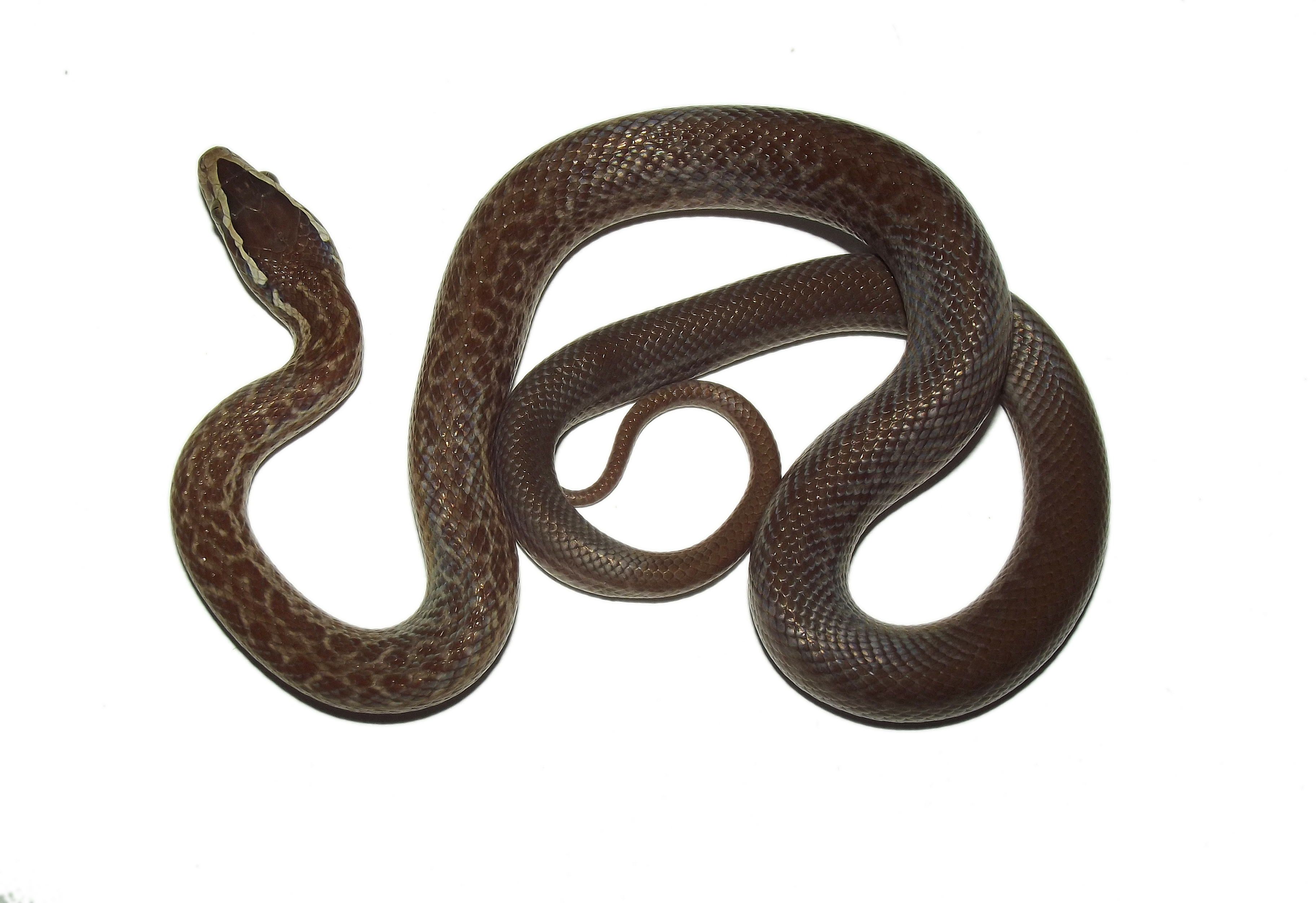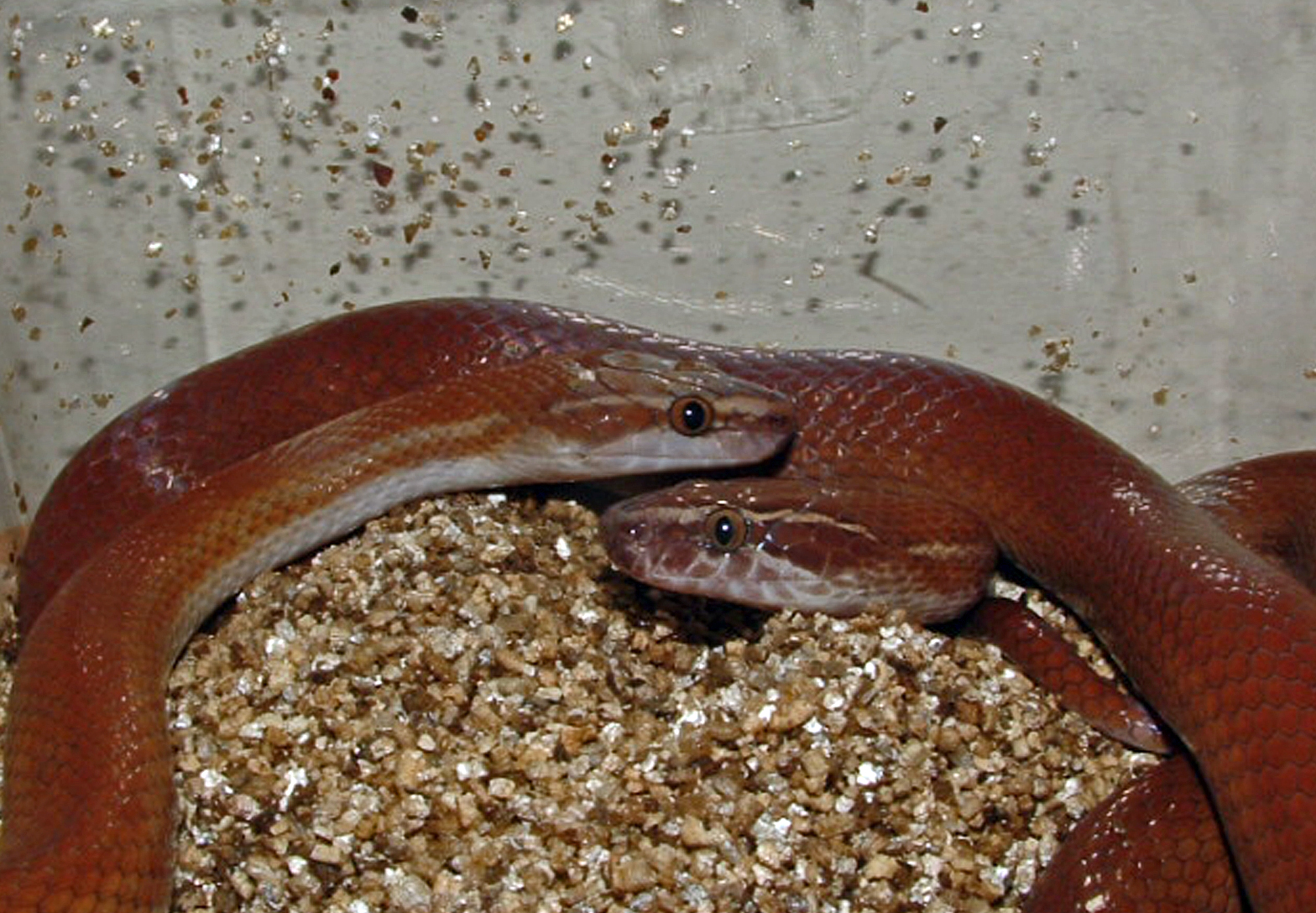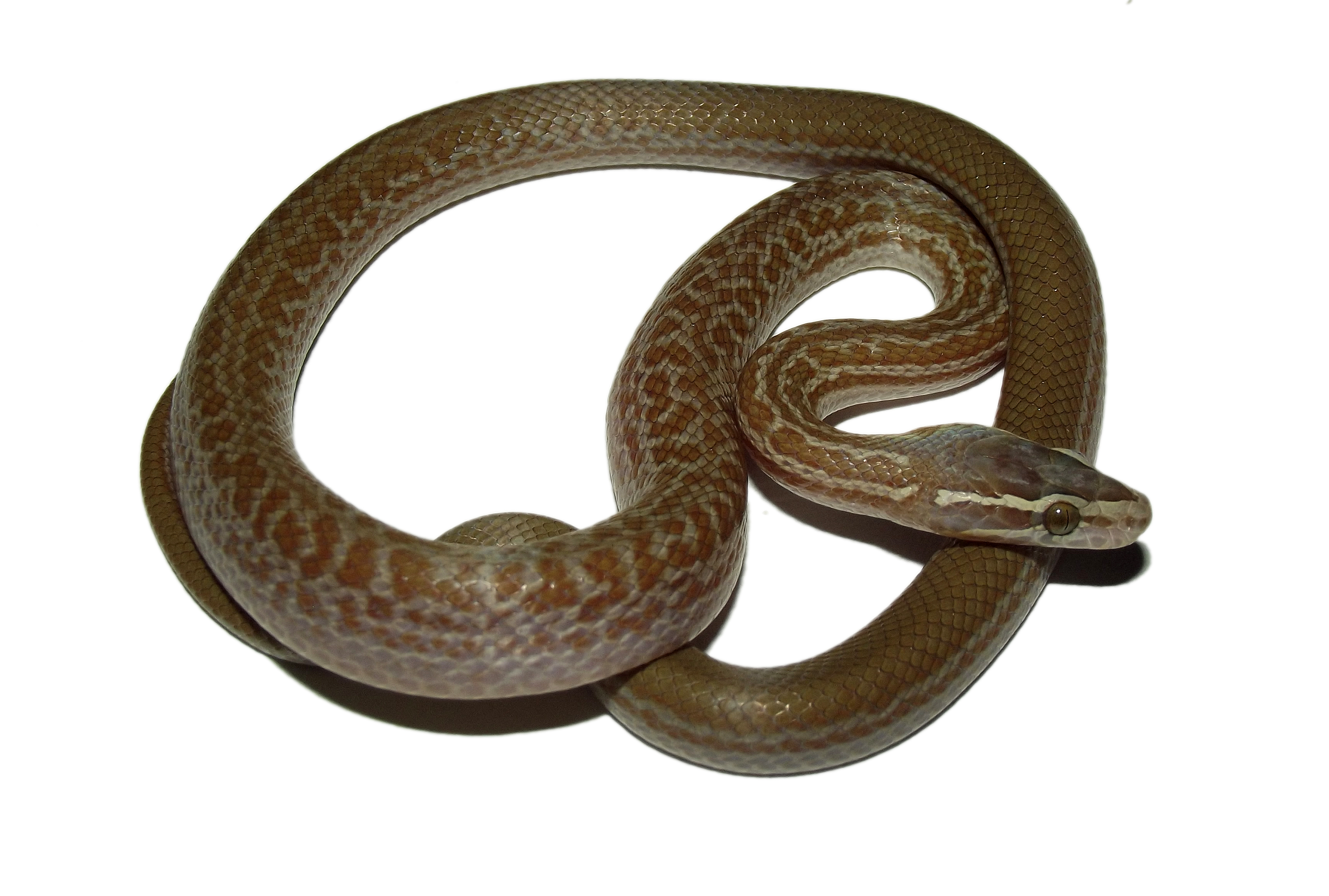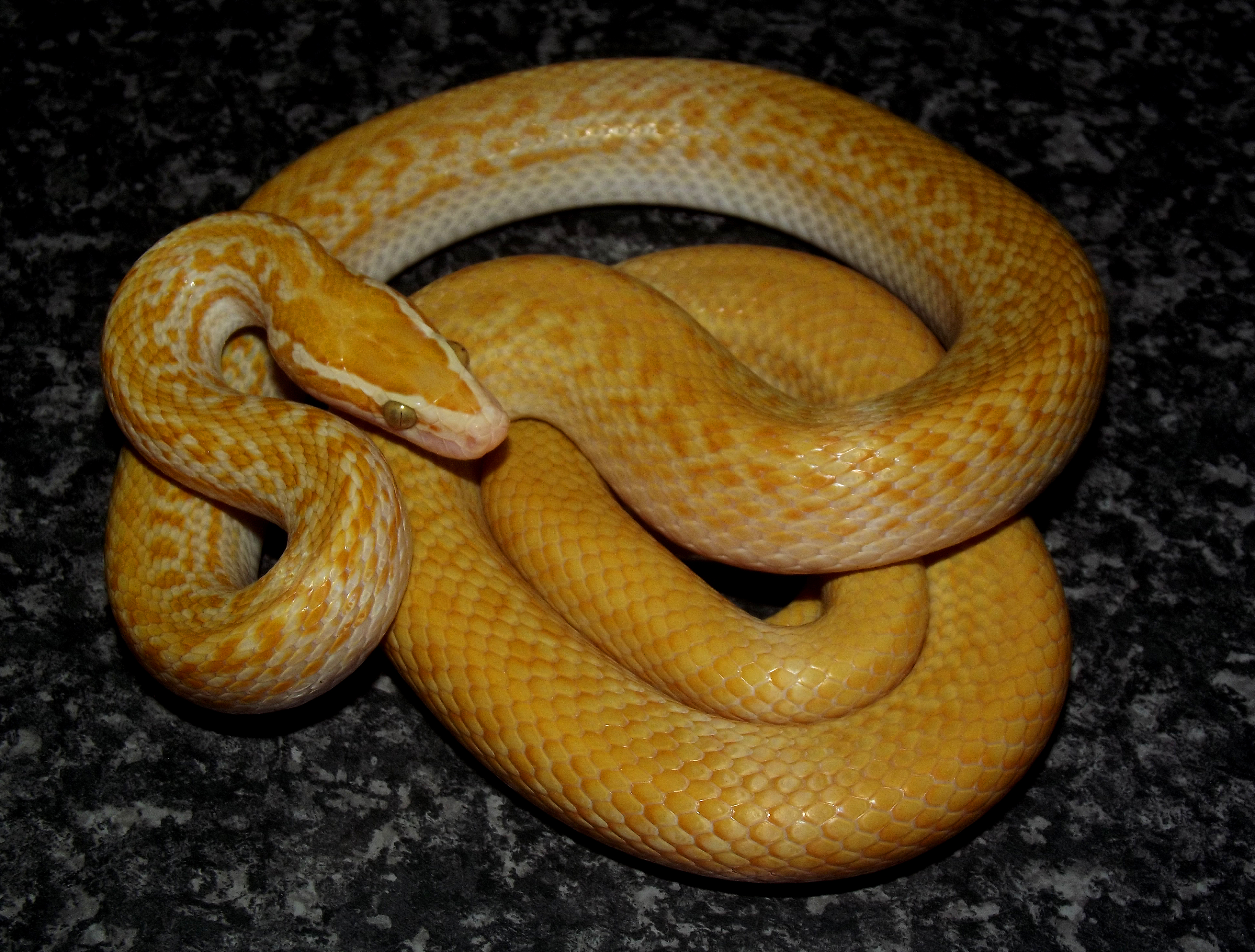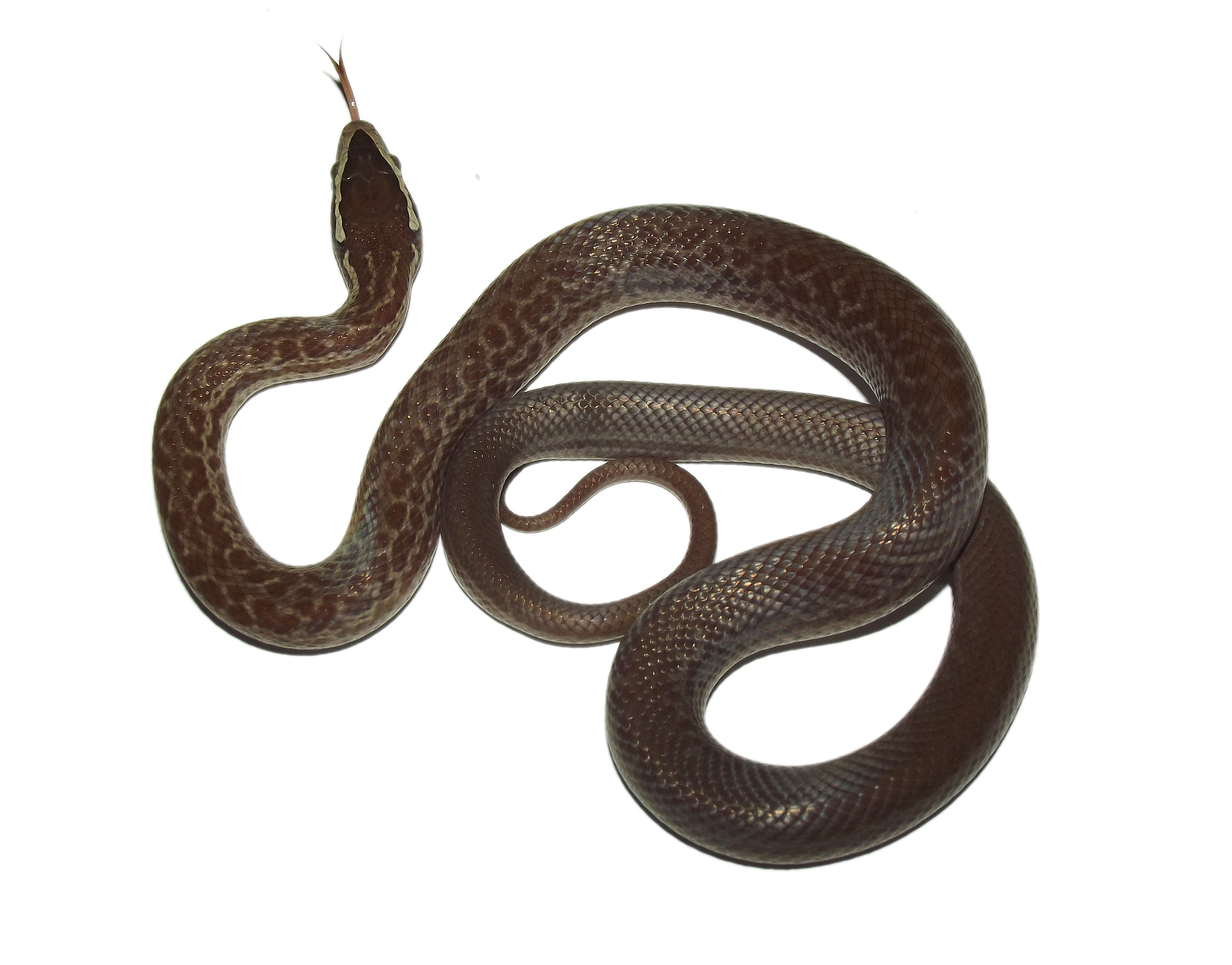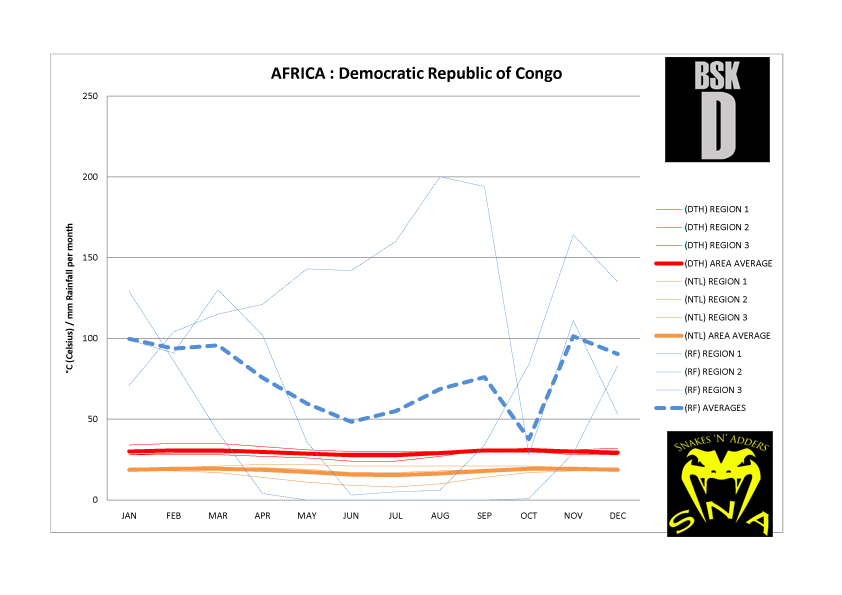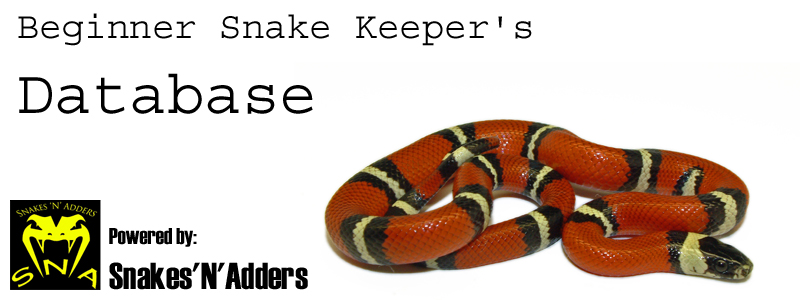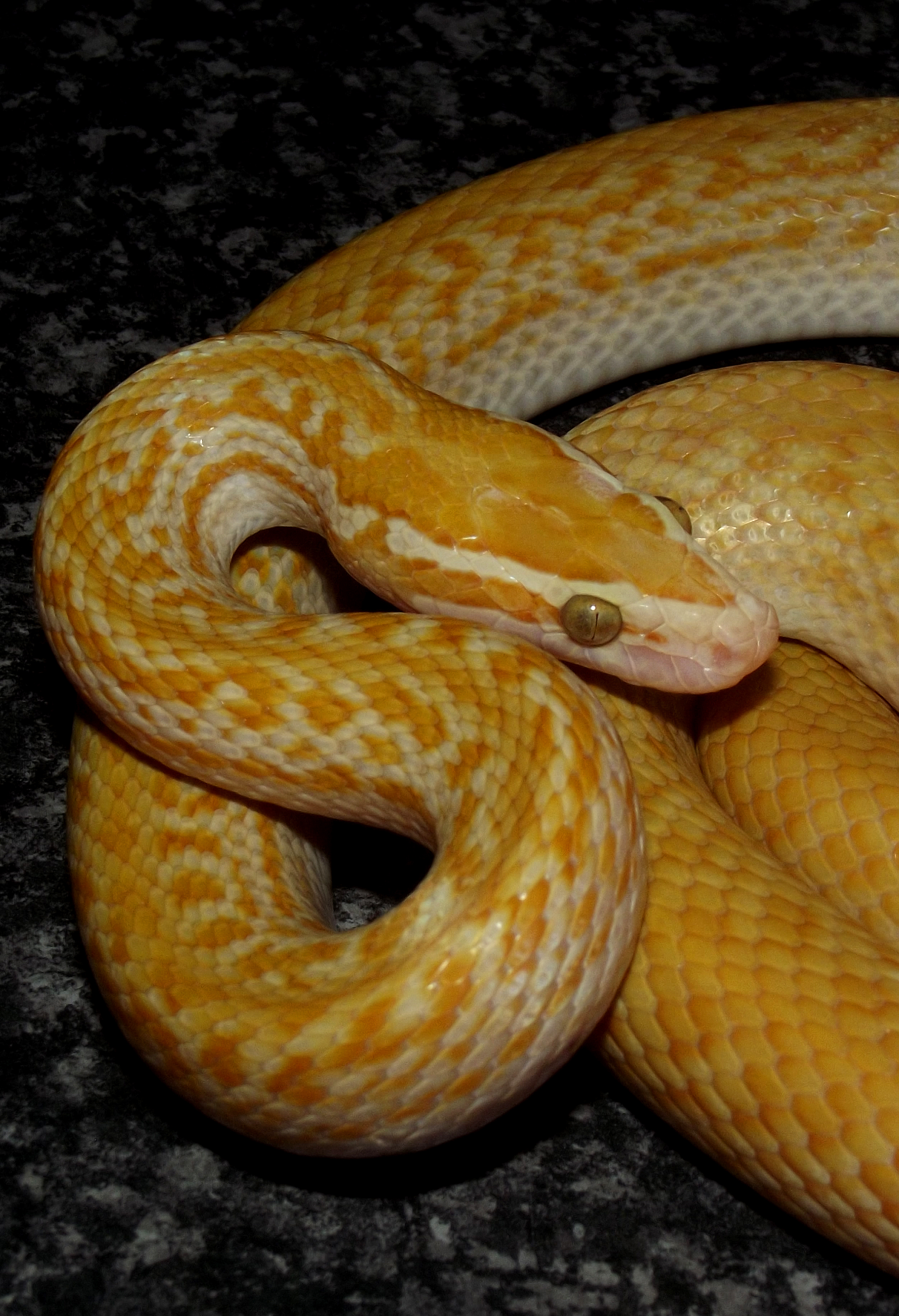
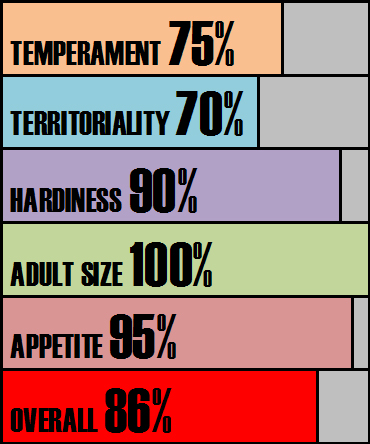

Species Notes based on experiences:
When discussing African House snakes it is often a story of two sections. Invariably as youngsters they seem to teleport from one place to another. They are incredibly quick and flighty. Rarely aggressive but wriggly all the same. Adults however are usually totally tame and compliant. True identification can be tricky with all of the African house snake species being grouped in together by sellers. Thankfully their care is pretty much identical. You could end up with a Cape House Snake (Boaedon capensis) or Olive House Snake (Boaedon olivaceus) quite easily. Shops can be dismissive of the differentiation. To be fair to the shops the differences are only slight and to the layman the differences would not be immediately apparent. Ongoing work with colour phases has seen the introduction of albino, black and ghost varieties. This has aided in increasing their popularity as with so many species keepers seem to like colour phases.
House snakes are not fussy and seem to thrive in a variety of care and biome types. Along with the Trinket Snake House snakes are the most prolific snake on this website. They will produce litters of eggs year round. This can put the female at risk so we should consider bromating them in an effort to switch off breeding efforts. This doesn’t need to be especially deep or protracted, maybe 6-8°c reduction for a couple of months.
Score analysis:
The temperament score reflects the changing nature of the snake as it grows. Babies may wriggle and require gentle restraint to stop them wriggling straight out of your hands. They may also evacuate their bowel as a defence mechanism when handled (a very common tactic used by many baby snakes). Mature animals can be some of the very tamest snakes. Many keepers love their inquisitive personality and breeders adore their animals. Exceptions do exist where individuals do not calm down but these are rare, 75% of the time with patience and handing they will calm down completely.
Babies are defensive within the enclosure. They enter into flight or fight mode. Some will wriggle at warp speed trying to get away from you other may raise up in threat posture and could possibly bluff strike. This shouldn’t allow the keeper to be too put off as they are barely 20cm and only just capable of taking pink mice. Thankfully this is fleeting and with work they will calm down a great deal.
House snakes rarely become ill and are highly adaptable. Boaedon are highly successful across much of sub-saharan Africa. Because of this they are very undemanding and will fit in with whatever care is provided for the most part.
Most African house snakes are pretty much done at 1m in length. This puts them square in the perfect size bracket. Some animals may not even reach 1m. It seems to vary specimen to specimen.
Another trump card of the House snake is their appetite which we will describe as voracious. They will eat and eat and eat. They are active constrictors and really put on a show at feeding time. The only time there may be an issues is starting new babies feeding. As long as bought from a responsible breeder it shouldn’t be an issue.
Enclosure recommendations:
Tub:
33 or 50 ltr
Vivarium:
90cm x 45cm x 45cm
Budget rig: -
40cm x 30cm heat pad
On / off thermostat
Digital thermometer to monitor thermostat performance
Warm hide
Cool hide
Water bowl
substrate
Recommended rig (vivarium only): -
150w ceramic heat emitter
Ceramic lamp holder and bracket
Bulb guard
Day night thermostat
Digital thermometer to monitor thermostat performance
Various logs and caves along the thermal gradient
Damp hide (optional)
Climbing and exercise branches
Plants and foliage (live or artificial – your choice)
Water bowl
Substrate
UVB light (8w T5 shade dweller 7% kit from Arcadia or equivalent) (optional)
Subterranean section to vivarium for further psychological security (optional)
Climate analysis:
Pretty much stable temperatures year round. No real seasonal arc like we see in so many of the temperate species features here. We potentially would artificially introduce a gentle cool down period to stop breeding in captivity. Because of their huge range rainfall and wet seasons will vary region to region. As they breed year round this obviously isn’t required as a trigger for copulation.
Conclusion:
House snakes perform well pretty much across the board. The only chinks in the armour may be with nervous younger specimens. They are rewarding active and interesting snakes if a little drab in colour palette compared to so many other snakes on this site.
